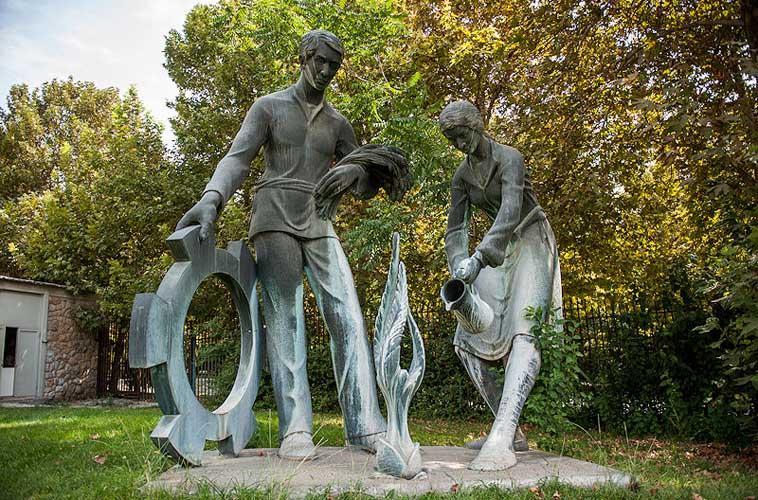The Tehran Municipality must refrain from implementing short-term plans of city beautification to preserve its original texture and splendor.
“The nation’s capital has the potential to turn into a city museum; however, its beauty is veiled by the thick, dense crowds and building constructions and is not perceived as it should be,” ISNA quoted Ahmad Masjed-Jamei, a member of the Tehran City Council, as saying.
The metropolis can be a museum but that is not the case. Although modernity is visible, a large part of the city’s historical and green spaces are ruined, he noted.
He said the capital’s sculptures are one of the elements in designing urban spaces, and “they provoke thinking amidst the hustle and bustle of the busy metropolis.” They can be designed in a way to draw attention and inspire conversation.
Sculptures in urban spaces are a modern form of art and do not have a long history in Iran. They follow certain installation procedures and require a specific location. They find identity and meaning in relation to other objects within the environment they are installed.
Noting that urban art calls for “exchange of experience as well as perception of physical space,” he said “such sculptures must be meaningful from every dimension, as opposed to the ones we currently have across Tehran that can be viewed from one angle only.”
Tehran has been subjected to mass migration for years now from all over Iran. The capital is home to many historic mosques as well as churches, synagogues and fire temples. However, modern structures, notably Azadi Tower and the Milad Tower, have come to symbolize the city.


